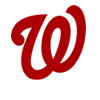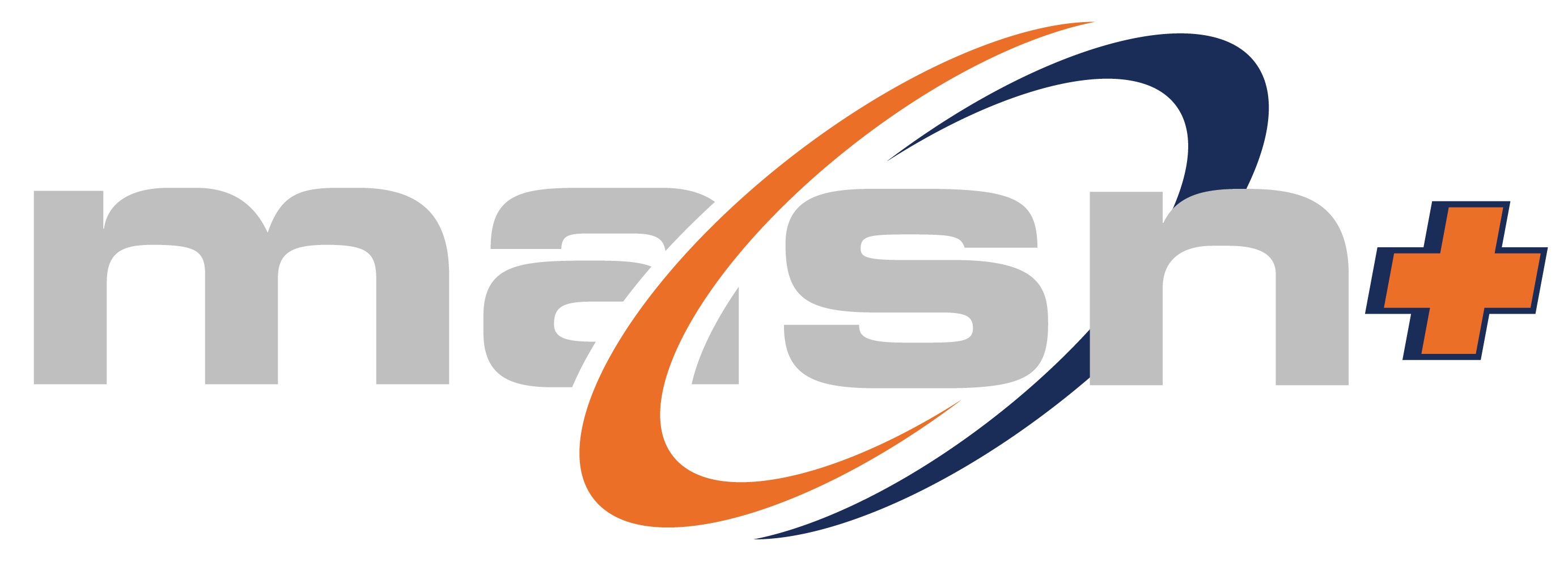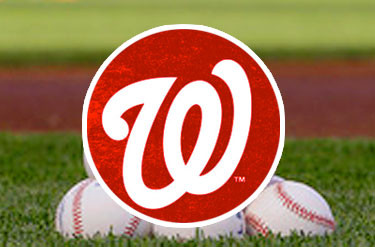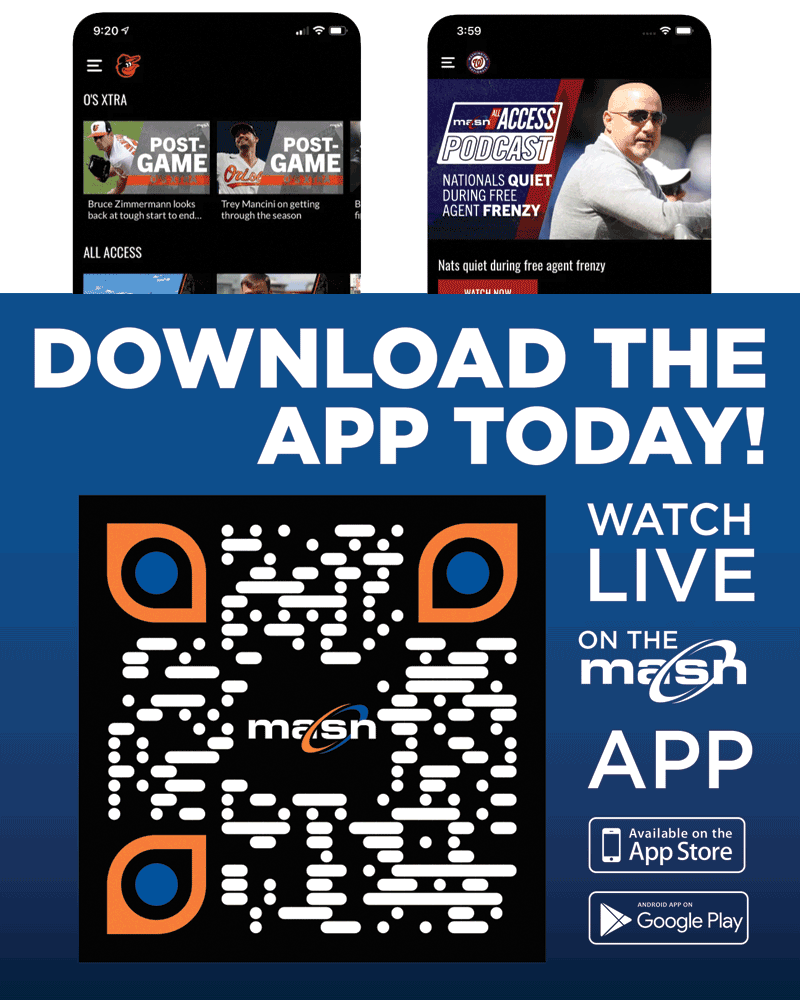Place your bets now. Who will have the better season: AnÃbal Sánchez or Tanner Roark?
You know the comparisons are inevitable after the Nationals traded Roark to the Reds last week and then signed Sánchez Thursday evening to take his place as the club's No. 4 starter. As everyone said at the time, the Roark trade could only be judged after it was known who would occupy the spot he held for the better part of five seasons.
 This is the bet Mike Rizzo and the Nationals made, that Sánchez at 35 will be better than Roark at 32. Based on their respective 2018 stats, Sánchez should be the clear favorite to outperform Roark in 2019. But that presumes that both pitchers' most recent performances were indicative of what is still to come and not outliers in their respective careers.
This is the bet Mike Rizzo and the Nationals made, that Sánchez at 35 will be better than Roark at 32. Based on their respective 2018 stats, Sánchez should be the clear favorite to outperform Roark in 2019. But that presumes that both pitchers' most recent performances were indicative of what is still to come and not outliers in their respective careers.
Sánchez was really good for the Braves this season. There's no denying it. He made 24 starts. He posted a 2.83 ERA (his best in five years) and 1.083 WHIP (his best ever).
Roark was not very good for the Nationals this season. There's no denying that. He made 30 starts. He posted a 4.34 ERA (more than a full run worse than his career mark through 2017) and 1.281 WHIP.
Could anything be gleaned from either of those seasons to predict future performance?
The Nats believe the answer is yes. They know Sánchez had a 5.67 ERA from 2015-17 before his big bounceback campaign, but they know those down years came pitching in the American League for the Tigers, as opposed to pitching in the National League for the Braves. And they know he reinvented himself this season, dramatically increasing the use of his cutter and changeup while decreasing the use of his four-seam fastball and slider.
The result: Sánchez (who worked mostly with catcher Kurt Suzuki, now a National again) induced far more weak contact than in the past, among the best rates in the majors. Opponents hit a meager .197 and slugged just .317 against his cutter. They were even less effective against his changeup: .139 batting average, .200 slugging percentage.
In the process, Sánchez cut his home run rate in half, from 2.2 per nine innings in 2017 to 1.0 per nine innings in 2018. In a new era when a larger percentage of runs are being scored on homers than ever before, the ability to induce weak grounders and popups has suddenly become an awfully valuable skill.
Roark, meanwhile, saw his home run rate go up the last two seasons. He's always needed his two-seam fastball to get outs, but opponents have hit .298 and slugged .432 against his bread-and-butter pitch the last two years. So perhaps this is evidence that his stuff isn't going to play as well as it used to.
Roark does have one significant advantage over Sánchez in any head-to-head comparison: durability. Roark has made at least 30 starts and totaled at least 180 innings each of the last three seasons. Sánchez hasn't made 30 starts since 2012 and hasn't topped 157 innings since 2013.
Roark has never spent a day of his career on the disabled list. Sanchez has landed on the DL in five of the last six seasons (though he hasn't dealt with an arm injury since 2015).
So the question may ultimately come down to this: Would you rather get 140 quality innings from Sánchez or 180 average innings from Roark?
The Nationals have put their money down on Sánchez. Check back next fall to see if they were right.
By accepting you will be accessing a service provided by a third-party external to https://www.masnsports.com/






